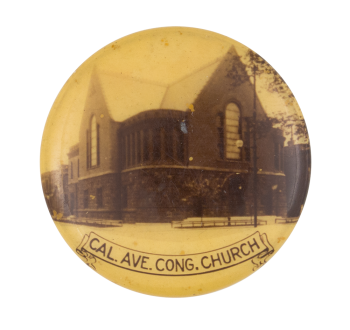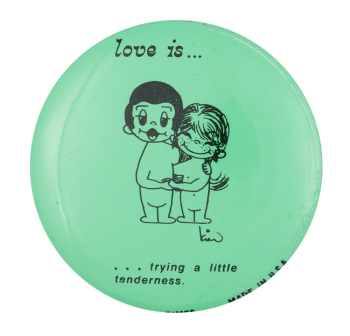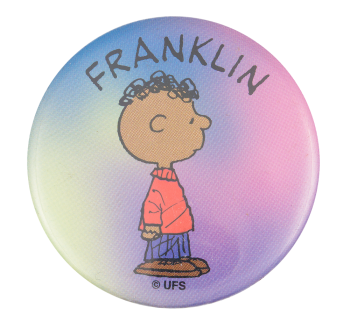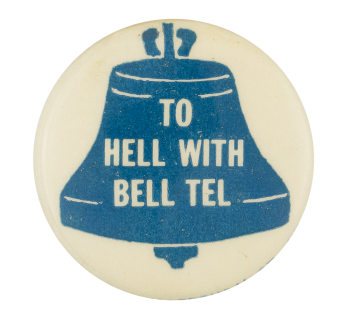Chicago Churches Federate. (1918, October 10). The Congregationalist and Advance, 53(41), 388. Retrieved from https://books.google.com/books?id=xnE0AQAAMAAJ&lpg=RA1-PA388&ots=UoQRMh… avenue federated church chicago&pg=RA1-PA388#v=onepage&q=california avenue&f=false
Chicago, Ill. California Avenue Congregational Church records, 1887-1935. : [manuscript]. (RG5253). Congregational Library & Archives. Boston, MA. https://congrelib.libraryhost.com/repositories/2/resources/1000 Accessed June 18, 2020.
Sanborn Map Company (1922). Sanborn Fire Insurance Map from Chicago, Cook County, Illinois. Sanborn Map Company, Vol. 11, Sheet 117 [Map]
The West and South. (1887, September 29). The Christian Union, 36(13), 305.




















